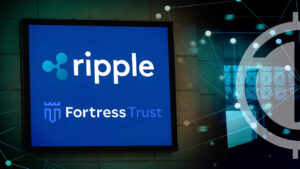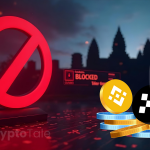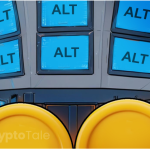
In a recent Twitter thread, David Schwartz, also known as “JoelKatz,” one of the key figures behind Ripple and XRP, shed light on validators’ critical role in the XRP Ledger (XRPL). As XRP continues to hold its position as the fifth-ranked cryptocurrency on CoinMarketCap, Schwartz’s insights provide valuable context for enthusiasts and investors.
In a recent tweet by Schwartz, the co-creator of the XRP Ledger (XRPL) and a prominent figure in the cryptocurrency space shed light on the fundamental role of validators in maintaining consensus and resolving double spending issues.
Once again, what validators do for XRPL:
— David "JoelKatz" Schwartz (@JoelKatz) September 26, 2023
There is one, and only one, way to interact with XRPL, and that's through a node. If you interact with XRPL and don't run a node, someone else is running a node for you that you are interacting with and you are, at least to some extent,…
Validators are the backbone of XRPL, facilitating seamless transactions and ensuring the network’s integrity. When interacting with XRPL, users rely on nodes, and those who don’t run their nodes implicitly trust someone else to handle the operation. However, the critical factor here is the undeniable transparency of XRPL’s ledger state, transaction history, and rules.
It’s worth noting that validators aren’t responsible for telling nodes which transactions are valid or what they do; nodes autonomously possess this knowledge. XRPL operates on a system of agreed-upon rules, and all honest nodes inherently adhere to them.
The one challenge that validators address is the double spending problem. This issue arises when conflicting yet equally valid transactions hit the network simultaneously. Validators step in to break these ties, ensuring that the system remains intact.
Notably, this isn’t a matter of choosing one transaction over the other based on preference; it’s about maintaining network integrity. In the absence of validators, chaos could ensue, jeopardizing the very essence of XRPL.
While validators primarily tackle the double spend issue, they also serve a purpose in coordinating network features’ activation. It’s important to clarify that this isn’t a governance role. Validators cannot enforce features on nodes that are unwilling to accept them.
XRPL has solidified itself as a cryptocurrency powerhouse, with XRP trading at $0.5061 and a market cap of $26,662,526,224. With 53,245,240,268 XRP coins in circulation, XRPL’s trustless, transparent, and efficient operation continues to attract enthusiasts and investors alike. In the ever-evolving world of digital currencies, XRPL’s validators serve as unsung heroes, ensuring that trustless transactions and consensus prevail, securing a brighter future for blockchain technology.














